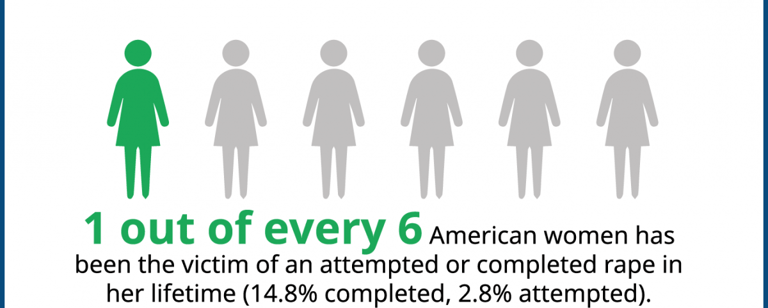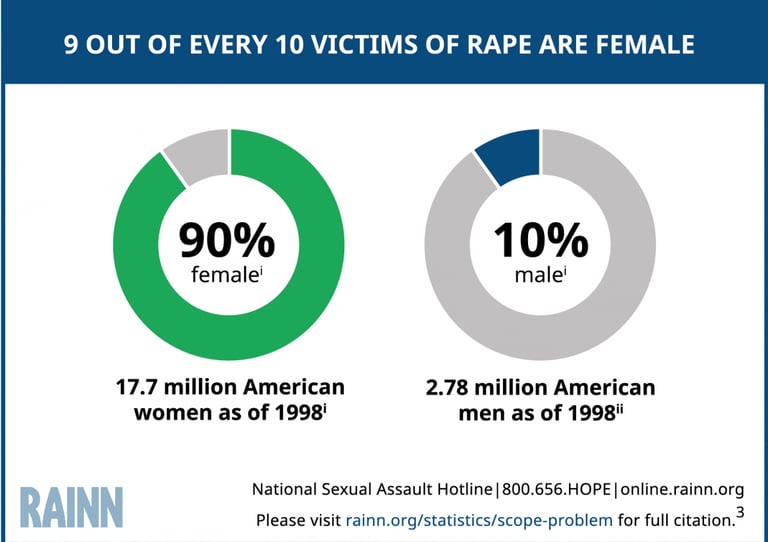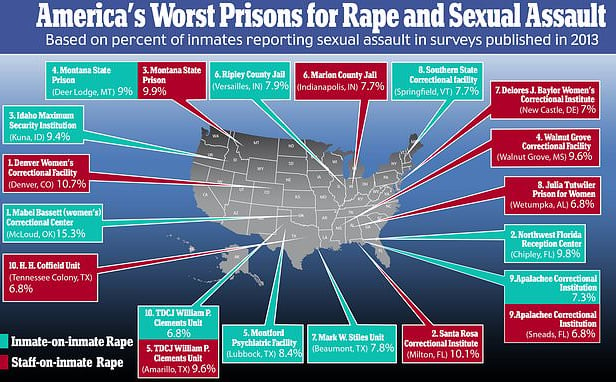Women's facility - Locked Up & Stuck Between A Rock And A Hard Place
Men have no place in a women's facility: addressing safety concerns of being incarcerated with violent inmates, male corrections officers AND cisgender persons.
11/5/20244 min read


Discussions surrounding the rape of female inmates at the hands male CO's and now the inclusion of transgender women in women’s facilities, are passionate arguments - to put it lightly. Those advocating for the latter often highlight inclusivity and the right to self-identify; however, the issue is far more complex! The potential consequences for cisgender women in these environments cannot be ignored, sparking a vigorous debate about safety, dignity, and the ethical implications of housing men within women’s facilities that are already corrupt and rampant with rape.
Constant Violence and Vulnerability
Women’s prisons and facilities are often already fraught with challenges related to safety and security. It is reported that a significant number of women behind bars have been victims of past sexual trauma PRIOR to being incarcerated, which can make them particularly vulnerable in environments where gender dynamics might shift against their favor. An alarming report by the AP detailed the prevalence of sexual violence within women's prisons, highlighting that approximately 80% of women incarcerated have experienced abuse prior to their imprisonment.
The presence of individuals with male anatomy raises substantial concerns regarding the physical and psychological safety of these women. With reports of sexual assault and harassment being alarmingly high, introducing biological males into these facilities exacerbates existing vulnerabilities. Women in prison can't rely on one another for protection or support in an already hostile environment; the introduction of male bodies can disrupt this fragile dynamic, leading to more fear and mistrust among inmates.
Current legislation surrounding the housing of transgender individuals in alignment with their gender identity is evolving rapidly. States across the U.S. are grappling with how to enforce policies that protect the rights of natural women while dealing with the onslaught of transgender individuals. Many advocates argue that trans rights should be paramount despite long standing laws and regulations already in place. It’s crucial to navigate this conversation with an understanding of the unique challenges faced by real women in such spaces. The need for lawmakers to reconsider the implications of their decisions is urgent, as underscored in a piece from Ms. Magazine that highlights sexual violence in women’s prisons reaching constitutional levels.
As legal frameworks adapt, it is vital that the potential impact on all parties involved is thoroughly examined. Evidence shows that sexual violence occurs at alarming rates in women's facilities, and altering housing policies without robust protections in place could lead to dire outcomes for the very population we aim to protect.
Alternative Solutions: Protecting Everyone's Rights - involving local government
Rather than directly placing transgender women into women’s facilities, there are alternative solutions that can respect the rights and dignity of all parties involved. One potential approach is the establishment of separate facilities or units specifically designed for transgender individuals. These designated spaces would allow for the respectful treatment of transgender inmates while safeguarding the psychological and physical security of cisgender women. Perhaps petitions to the "higher ups" would ensue much needed reform.
Furthermore, enhancing training for staff in women’s facilities around gender identity and sensitivity can aid in mitigating issues related to conflict or discomfort among inmates. By creating an environment of understanding and respect, the risk of violence may be reduced, thus promoting a more humane correctional system overall.
Moreover, fostering community partnerships with organizations experienced in transgender issues can assist in designing structures that prioritize safety and mental health for all individuals involved. This collaborative approach can create tailored solutions that recognize the complexities of gender identity while ensuring that women’s rights and needs are not overlooked.
A Call for Thoughtful Discourse
The dialogue surrounding gender identity, safety, and incarceration is sensitive and multifaceted. While the quest for inclusivity is essential in our society, it should never come at the cost of the safety and dignity of vulnerable populations. As the conversation continues, it is imperative that we collectively explore nuanced solutions that consider all perspectives.
To advocate effectively for women’s rights, we must embrace thoughtful, informed discourse that leads us toward solutions that ensure safety and human dignity for everyone. Men, regardless of their identified gender, should not occupy spaces specifically designated for women, especially given the grave concerns surrounding safety, consent, and trauma. This is freaking jail we're talking about. Inmates are already paying for their crimes by being sent to these places that are policed by rapists, so why the need to thicken the plot by mixing in male prisoners?! Like it or not: if you were born a man, you are a man. It just is what it is. A great many of us do not like the cards we were dealt but have to make do with what we are (and have). Others will not switch cards with you, and you may not cheat. Play your position accordingly. End of story. Navigating the complexities of these issues requires a commitment to justice, compassion, and an unwavering dedication to protecting those most at risk. WOMEN!




Get In Touch:
adm@boujeeburke.com
grievances: hbic@boujeeburke.com


Please feel free to reach out for inquiries, feedback, or partnership opportunities. Boujee Burke is open to suggestions,
& mutually beneficial partnerships.


Boujee Burke Recap Bulletin


